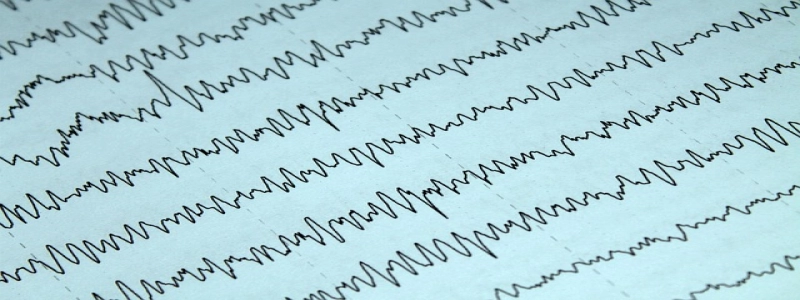Wavelength is measured in nanometers (nm).
I. Introduction
A. Definition
B. Importance
II. Understanding Wavelength
A. Definition and Concept
B. Relationship to Frequency
III. Wavelength Measurement
A. Tools and Techniques
1. Spectrophotometer
2. Interference Pattern Analysis
B. Nanometer Scale
IV. Applications of Wavelength Measurement
A. Science and Research
1. Spectroscopy
2. Optics
B. Technology and Engineering
1. Communication Systems
2. Laser Technology
V. Conclusion
A. Importance of Accurate Wavelength Measurement
B. Role in Advancing Science, Technology, and Innovation
I. Introduction
Wavelength is a fundamental concept in the fields of physics and engineering. It refers to the distance between consecutive crests or troughs of a wave. Wavelength plays a crucial role in understanding and manipulating various forms of energy, including light, sound, and electromagnetic waves.
II. Understanding Wavelength
Wavelength is a measure of the spatial extent of a wave. It is typically denoted by the Greek letter lambda (λ). When discussing light waves, wavelength is often measured in nanometers (nm). Understanding the concept of wavelength is key to comprehending the behavior and properties of waves. Furthermore, wavelength and frequency are inversely related, as indicated by the equation: Speed of Light = Wavelength x Frequency.
III. Wavelength Measurement
Accurate measurement of wavelength is essential in numerous scientific and technological applications. Various tools and techniques have been developed for this purpose. One commonly used instrument is the spectrophotometer. It captures and analyzes light passing through a sample, allowing for precise measurement of its wavelength. Another method involves studying interference patterns, which result from the interaction of waves. These patterns can be analyzed to determine the wavelength of the waves involved. Due to the extremely small scale of wavelengths, measurements are often expressed in nanometers.
IV. Applications of Wavelength Measurement
The measurement of wavelength has significant applications in both scientific research and practical technology. In the realm of science, spectroscopy relies on precise wavelength measurements to study the interaction of matter with electromagnetic radiation. By analyzing the unique absorption or emission patterns of different materials at specific wavelengths, scientists can identify and characterize substances. Additionally, optics heavily relies on wavelength measurements to design and construct optical devices such as lenses and telescopes.
In the technological domain, wavelength plays a crucial role in communication systems. Different wavelengths of light are used to transmit various types of information, allowing for high-speed data transfer rates over long distances. Moreover, laser technology relies on precise wavelength control to achieve desired outcomes. From laser printers to surgery techniques, the ability to measure and manipulate wavelengths is critical in advancing modern technology.
V. Conclusion
Accurate measurement of wavelength is a critical aspect of understanding and utilizing waves in various scientific and technological domains. Whether it is studying the interactions of matter with light, designing communication systems, or developing advanced laser technologies, precise wavelength measurement is paramount. By advancing our knowledge and control over wavelengths, we can continue to unlock new discoveries and innovations in fields such as physics, medicine, and communication.








